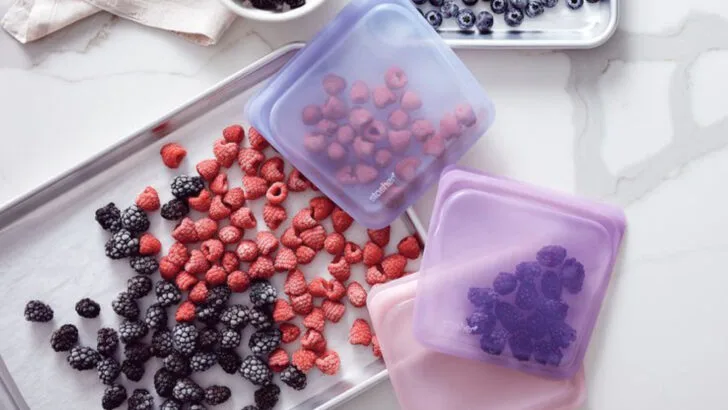Summer might not last forever—but the sweet, juicy fruits that come with it definitely can. With just a few clever tricks, you can stock your freezer with strawberries, peaches, blueberries, and more, so they’re ready whenever you need a taste of sunshine in the middle of winter.
The best part? You don’t need fancy tools or hours of prep. These tips show you how to wash, slice, freeze, and store your fruit the right way, so it doesn’t turn into a mushy, frosty mess later. From flash-freezing on a tray to labeling bags for smoothies, pies, or snacking, a little know-how goes a long way.
Whether you grew it yourself, picked it at a farm, or just scored a deal at the market, freezing your fruit means less waste and more flavor—any time of year. Just open your freezer, and it’s like summer never ended.
Choose Ripe Fruits
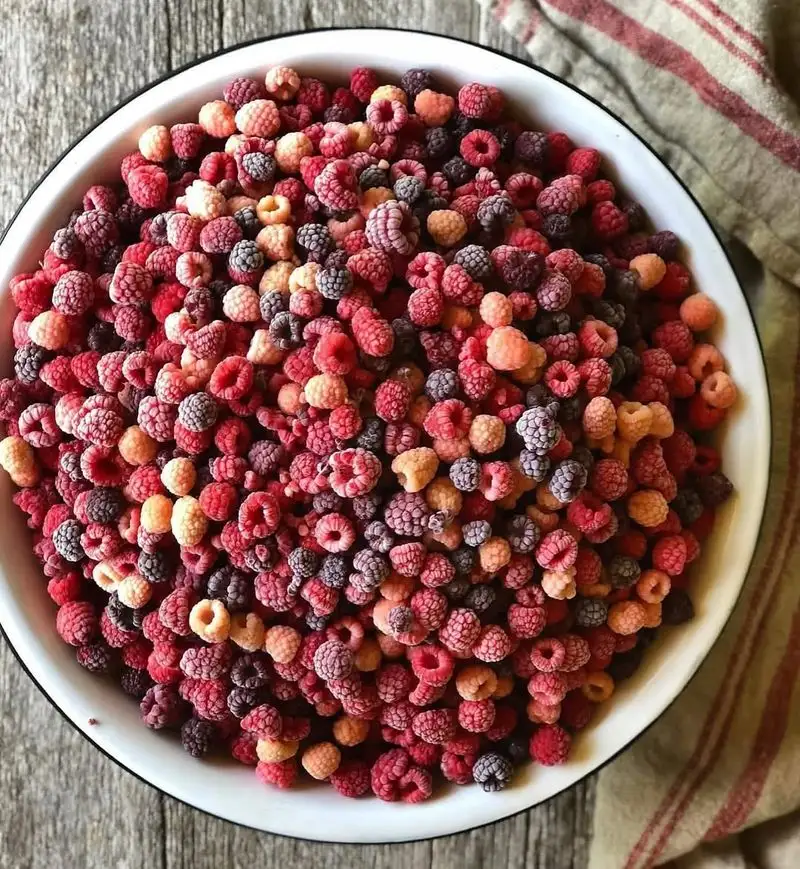
Selecting the ripest fruits is crucial for retaining flavor when freezing. Berries like strawberries and blueberries should be plump and colorful, while peaches and plums should slightly yield to gentle pressure. Avoid fruits that are overripe or bruised, as they might not freeze well. The fresher the fruit, the better the taste will be after thawing.
Wash Thoroughly
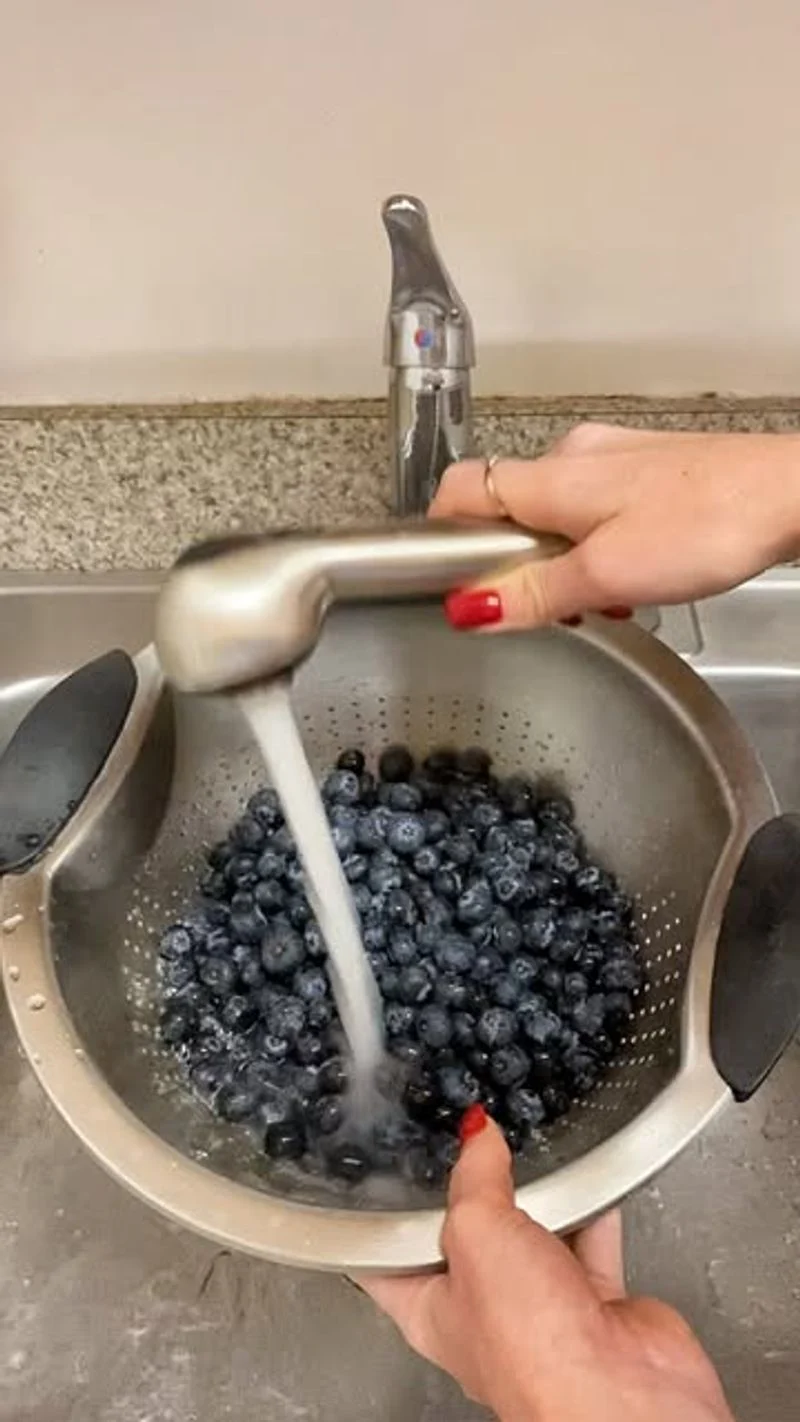
Start by washing fruits thoroughly under cold running water. This helps remove any dirt, pesticides, or residues. For fruits like berries, using a colander is effective, while larger fruits may require gentle scrubbing. Proper washing ensures that fruits retain their fresh taste and are safe to consume once thawed.
Dry Completely
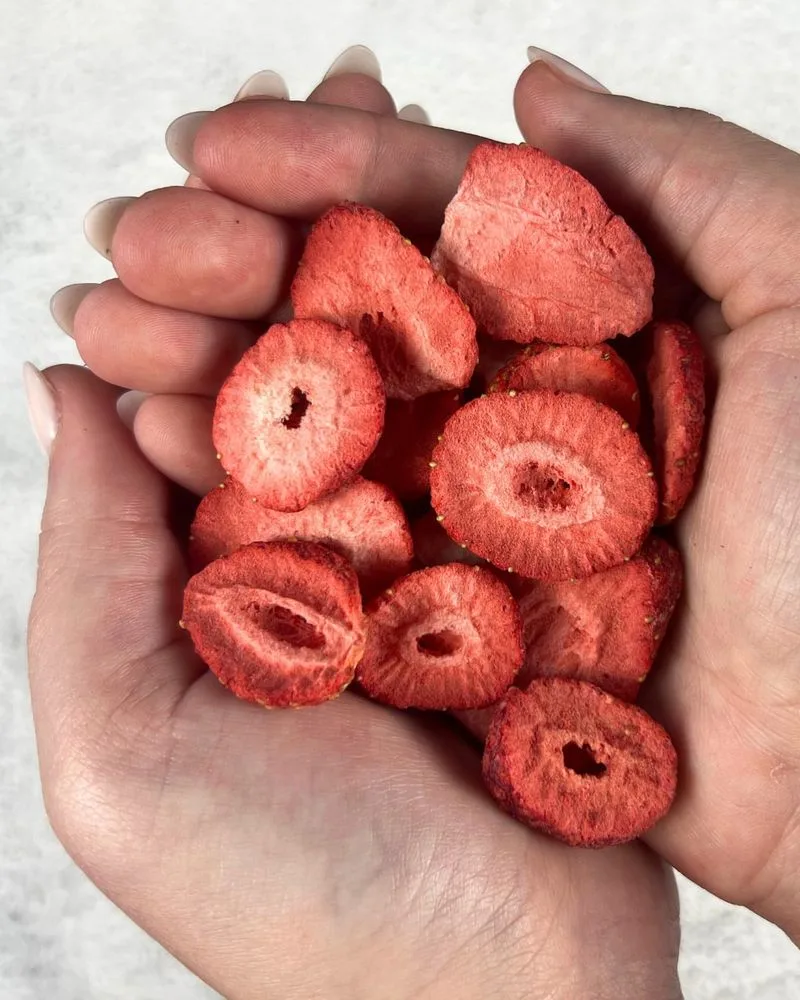
Moisture is the enemy of frozen fruits, leading to ice crystals that alter texture. Pat each piece dry with a clean towel after washing. Alternatively, place them on a drying rack to air dry completely. Ensuring fruits are dry before freezing maintains their texture and prevents freezer burn.
Cut into Pieces
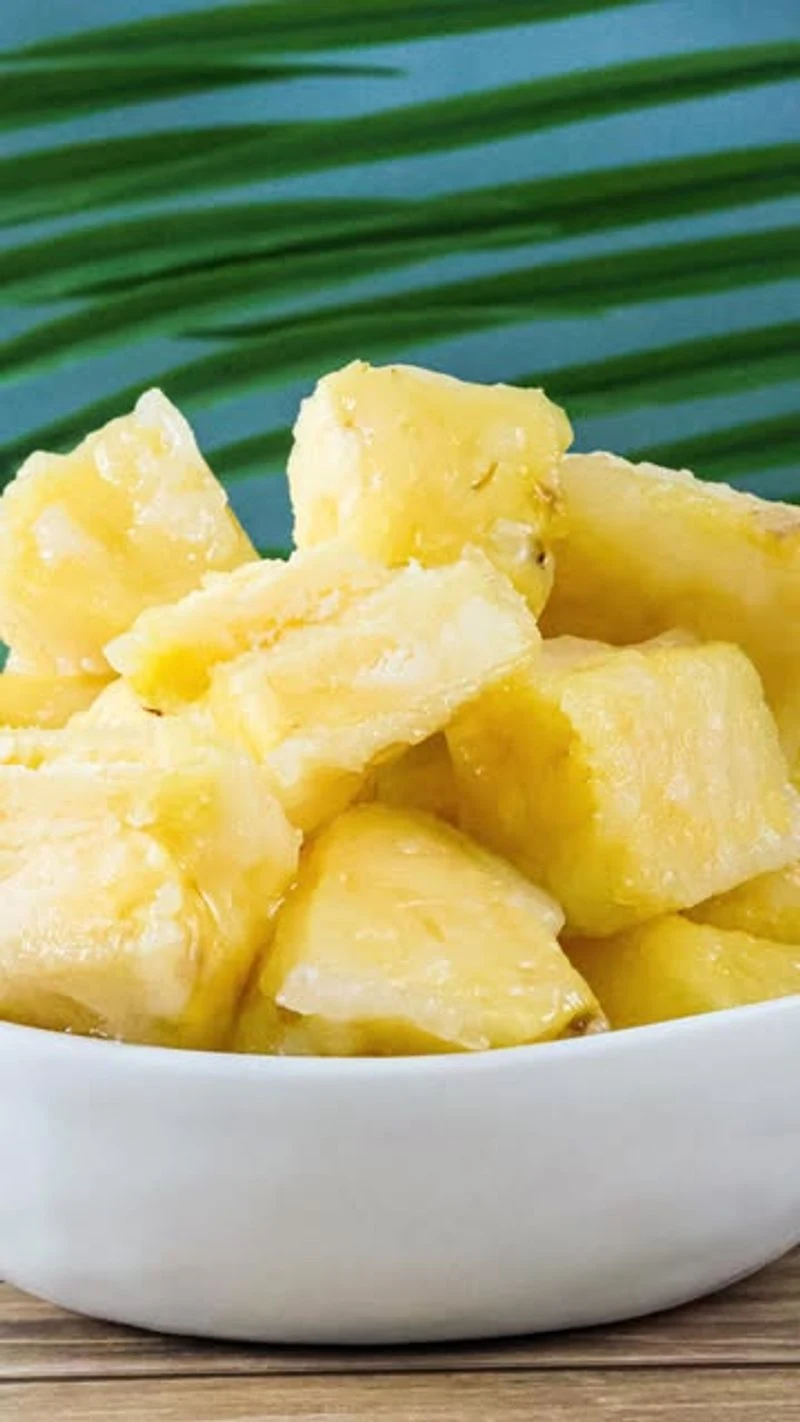
Chopping fruits into smaller pieces helps them freeze faster and more evenly. It’s also convenient for later use in smoothies or desserts. Slice peaches, cube mangoes, and halve strawberries to make them versatile and easy to portion when you’re ready to use them.
Use Lemon Juice
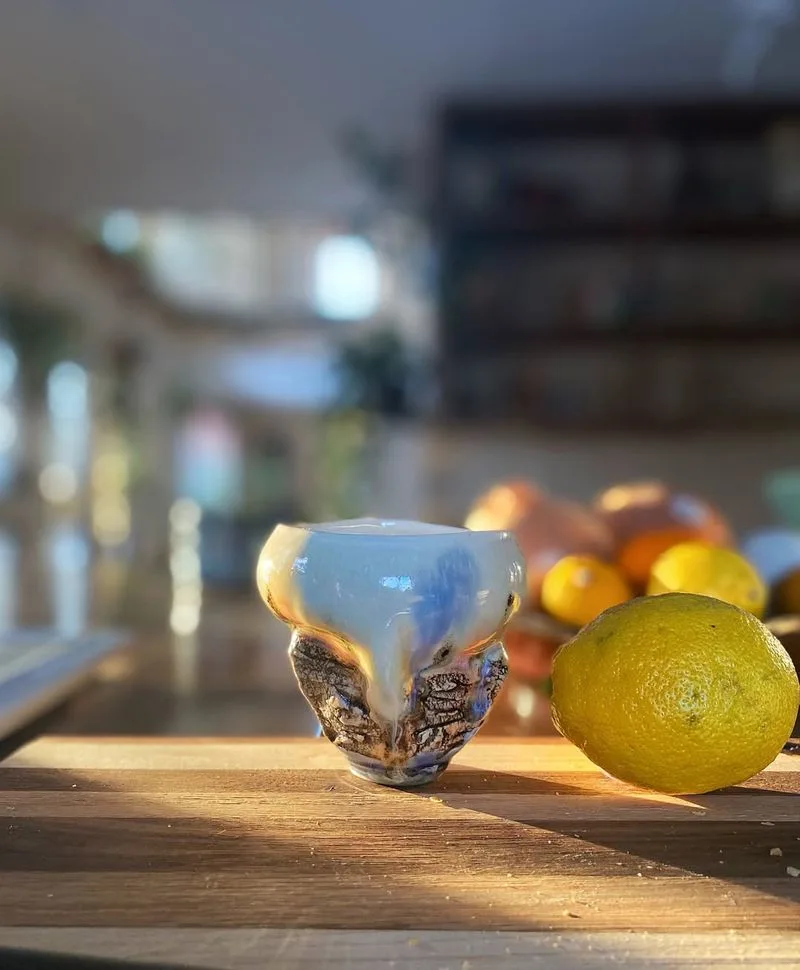
To prevent fruits like apples and pears from browning, a light splash of lemon juice can work wonders. It acts as a natural preservative, maintaining color and flavor. The tartness of lemon juice enhances the fruit’s natural sweetness, ensuring they remain vibrant and appealing once thawed.
Blanch Before Freezing

Blanching certain fruits like peaches and plums can help preserve their quality. This process involves briefly boiling fruit, then plunging it into ice water. It stops enzyme actions that can degrade color and texture, locking in their fresh taste and vibrant appearance for long-term storage.
Pre-freeze on Tray
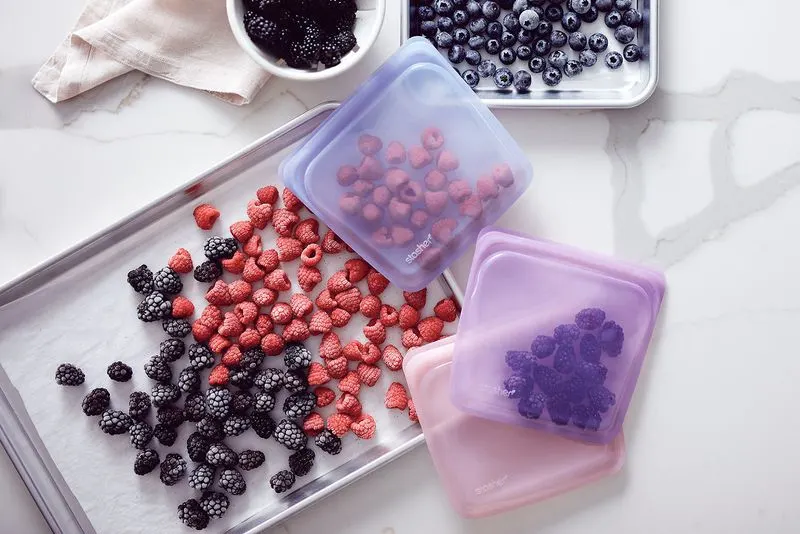
Pre-freezing fruits on a tray prevents them from sticking together. Spread them in a single layer on a parchment-lined tray and freeze until solid. Once frozen, transfer them to a storage bag or container. This method ensures you can use just what you need without thawing an entire batch.
Use Airtight Containers

Airtight containers or high-quality freezer bags are best for storing frozen fruits. They minimize exposure to air, which can lead to freezer burn and flavor loss. Be sure to remove as much air as possible before sealing. Proper storage keeps fruits fresher and flavorful for longer periods.
Label and Date
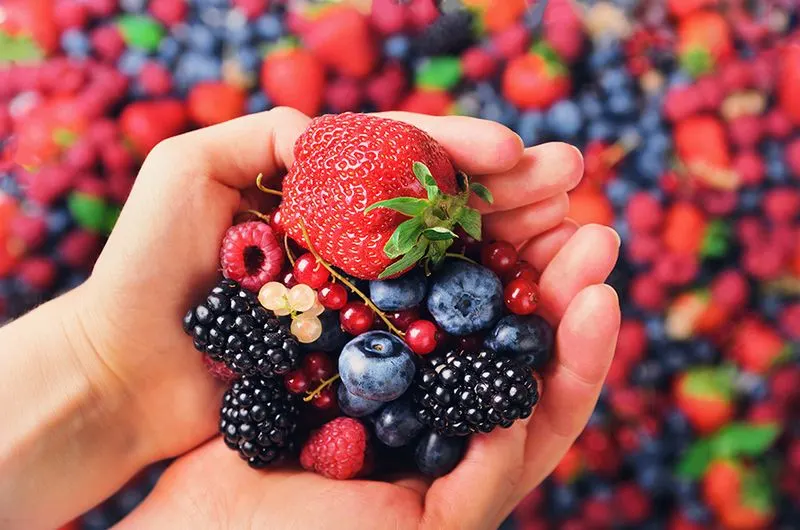
Labeling containers with the type of fruit and the freezing date helps maintain organization and ensures you use older fruits first. This practice prevents wastage and makes it easy to identify contents later. Consistent labeling is key to an efficient and well-organized freezer.
Don’t Overpack the Freezer
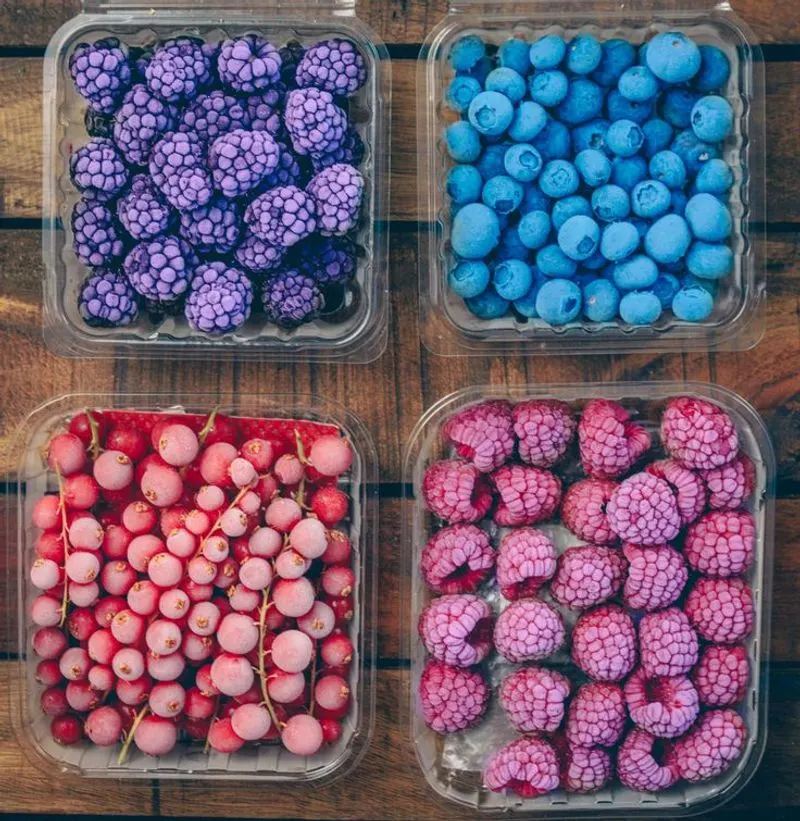
Avoid overpacking your freezer, as air circulation is crucial for maintaining an even temperature. Overcrowding can lead to uneven freezing and increased energy consumption. Arrange fruits in a way that allows cool air to circulate freely, ensuring all items freeze evenly and remain at peak quality.
Use Sugar Syrup for Delicate Fruits

For delicate fruits like raspberries and apricots, using a light sugar syrup helps preserve texture and flavor. Prepare a syrup by dissolving sugar in water and pour it over fruits before freezing. This method guards against freezer burn and enhances the sweetness, keeping fruits enjoyable upon thawing.
Flash Freeze for Smoothies
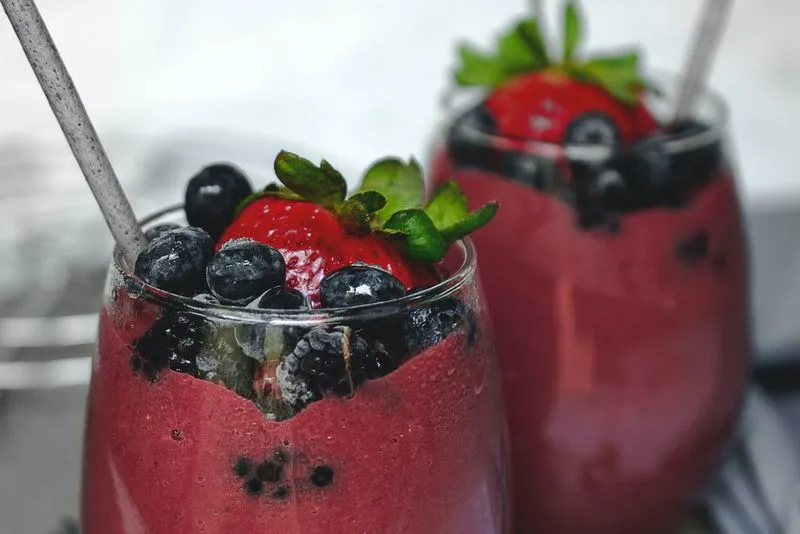
Flash freezing is perfect for smoothie-ready fruits. Arrange portions in single layers, freeze quickly, then store. This method keeps fruits from clumping, making it easy to grab a handful for blending. Enjoy the convenience of quick-frozen fruits that retain flavor and nutrients for your daily smoothies.
Avoid Freezing in Large Batches

Freezing fruits in smaller batches allows for better portion control and faster freezing, preserving quality. It’s easier to thaw the right amount when needed, avoiding waste and ensuring freshness. This approach also helps maintain a balanced temperature in your freezer.
Store in the Coldest Part of Freezer
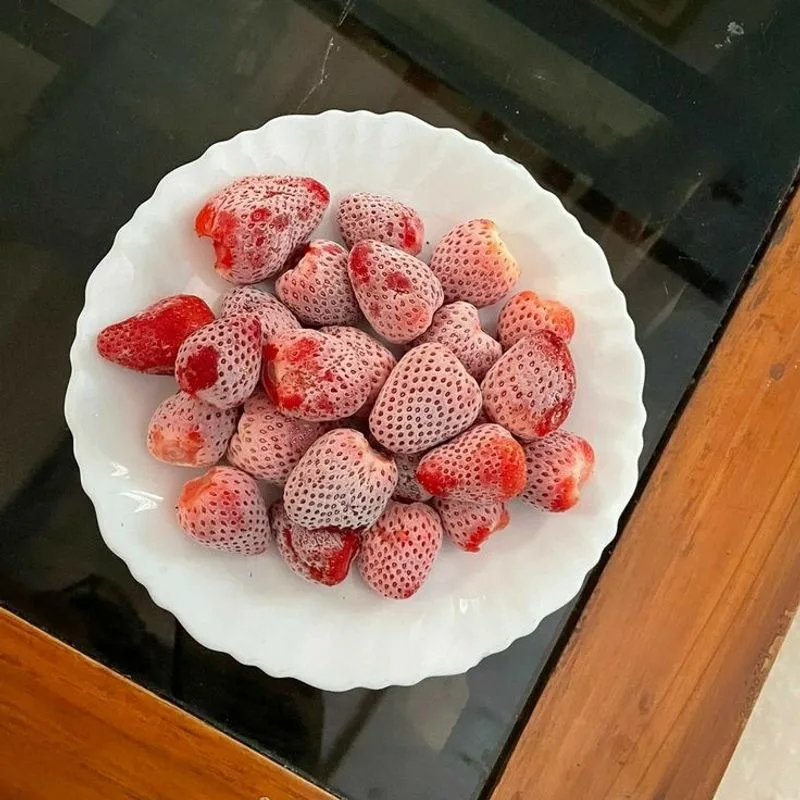
Storing fruits in the coldest section of your freezer maximizes their shelf-life and preserves taste. This area is usually the back or the bottom, where temperature fluctuations are minimal. Keeping fruits consistently cold inhibits ice crystal formation that can damage texture and flavor.
Use Vacuum Sealing
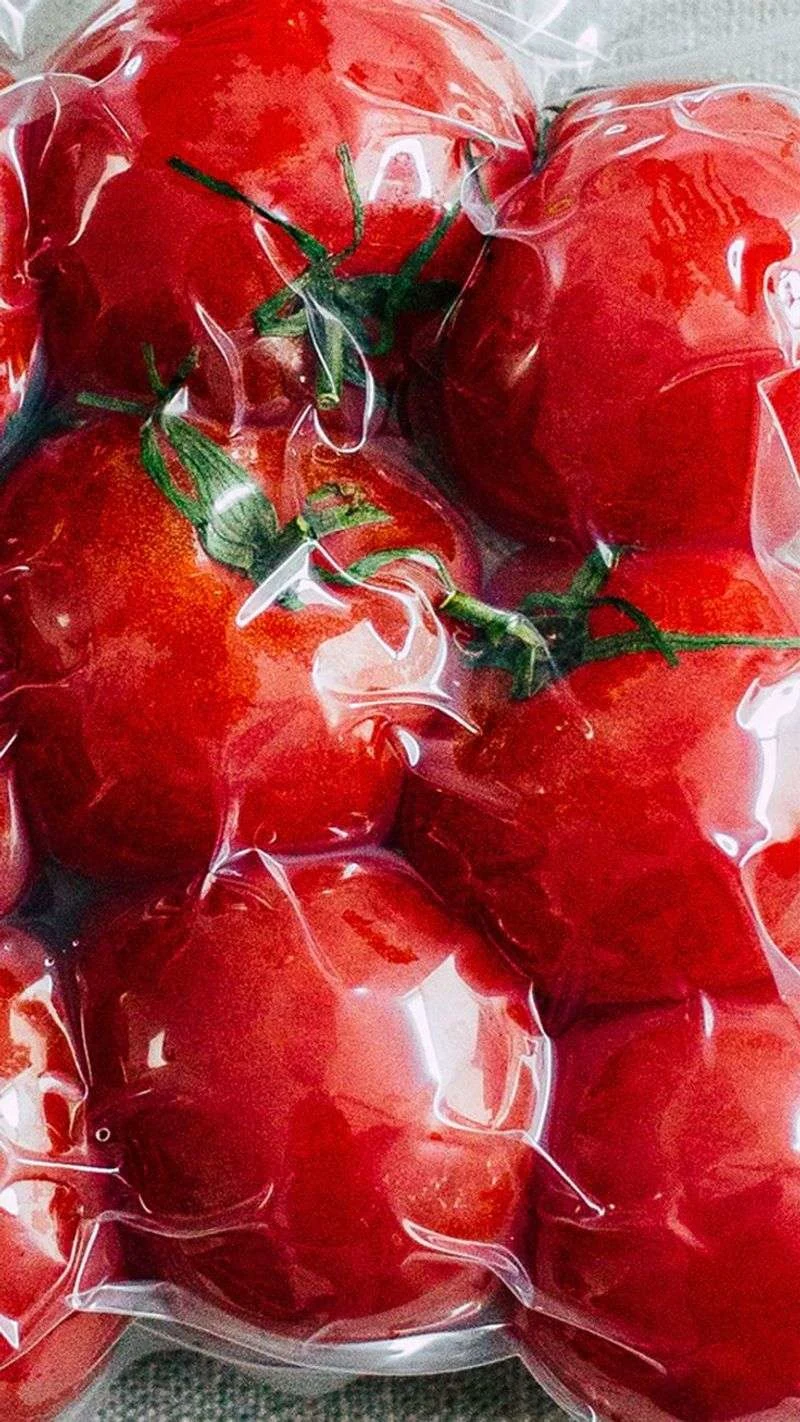
Vacuum sealing removes air and locks in freshness, extending the life of frozen fruits. This method is ideal for long-term storage, preventing freezer burn and retaining quality. Investing in a vacuum sealer can save time, money, and space while ensuring fruits remain flavorful and nutritious.
Freeze Fruit Purees
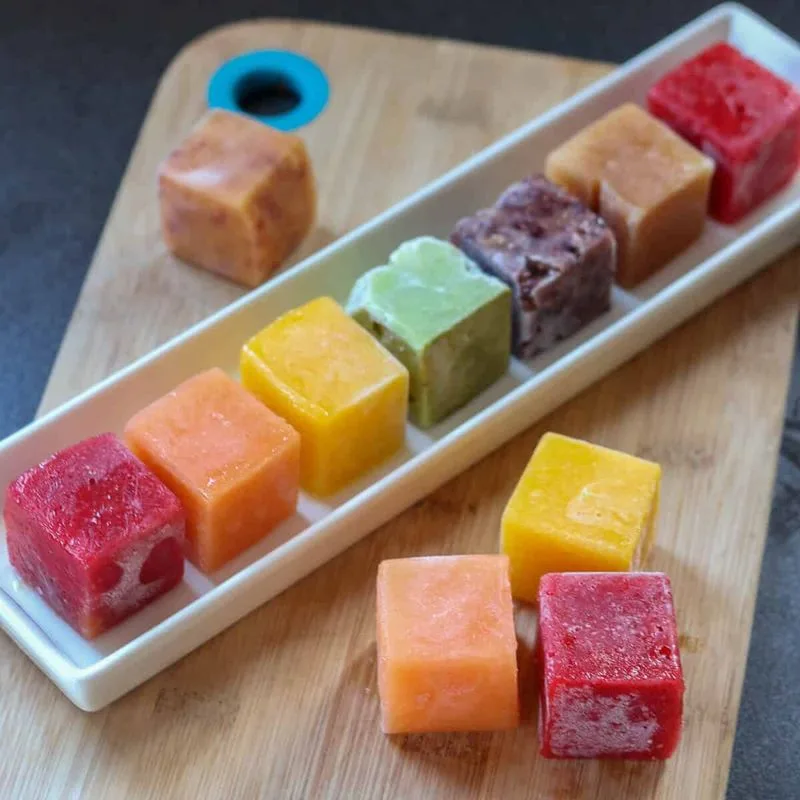
Pureeing fruits before freezing is a versatile option, especially for making sauces or baby food. Pour purees into ice cube trays for easy portioning. Once frozen, transfer to labeled bags. This technique ensures that you have perfectly portioned fruit purees ready for cooking or snacking.
Check for Freezer Burn

Regularly checking for signs of freezer burn can help maintain the quality of your fruits. Look for ice crystals or discoloration, which indicate exposure to air. If detected early, remove affected portions and ensure remaining fruits are properly sealed. This vigilance keeps your frozen fruits delicious and usable.
Rotate Your Stock
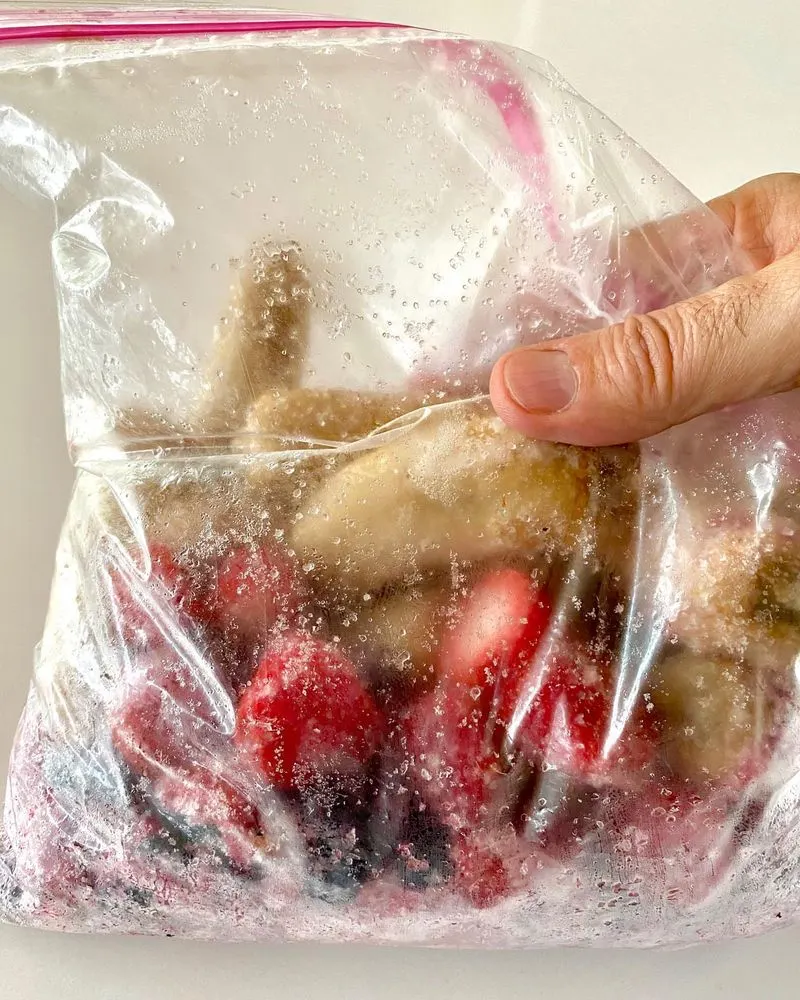
Implementing a first-in, first-out system ensures that older fruits are used before the newer ones. This practice keeps your stock fresh and prevents waste. Regular rotation, combined with proper labeling, simplifies inventory management and ensures you’re always using the best quality fruits available.
Experiment with Tropical Fruits
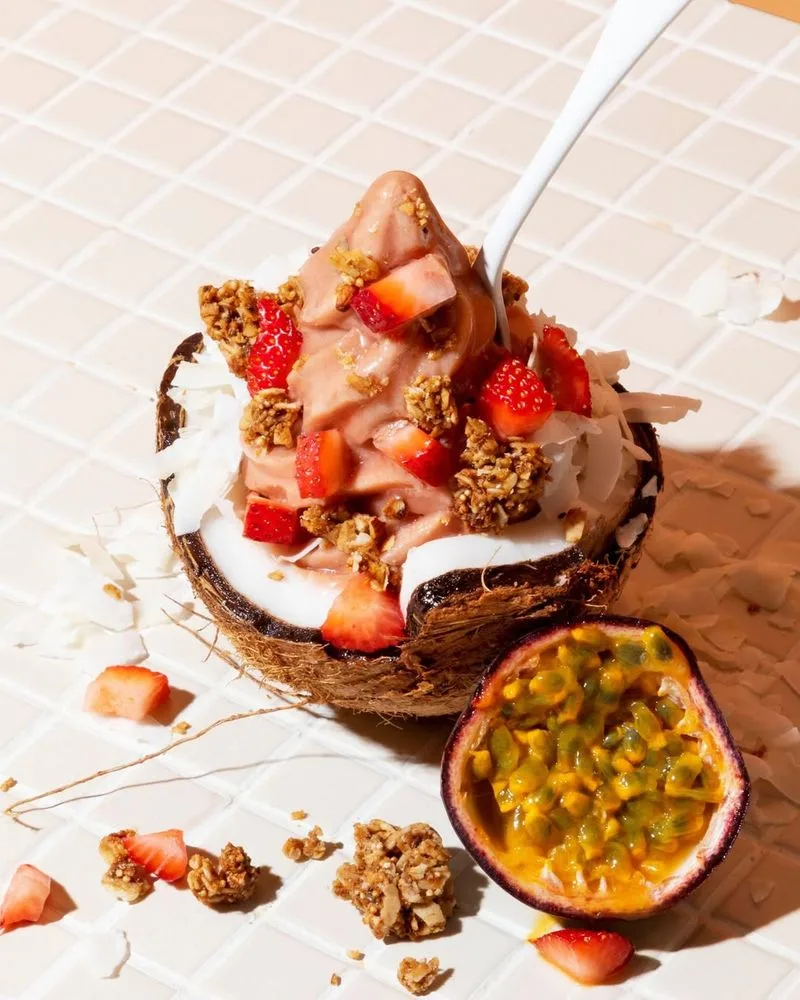
Don’t shy away from experimenting with tropical fruits like mangoes, papayas, or pineapples. Their vibrant flavors and textures add a unique twist to your frozen collection. These fruits freeze well and can be a delightful surprise in smoothies, desserts, or as a frozen snack on hot days.

